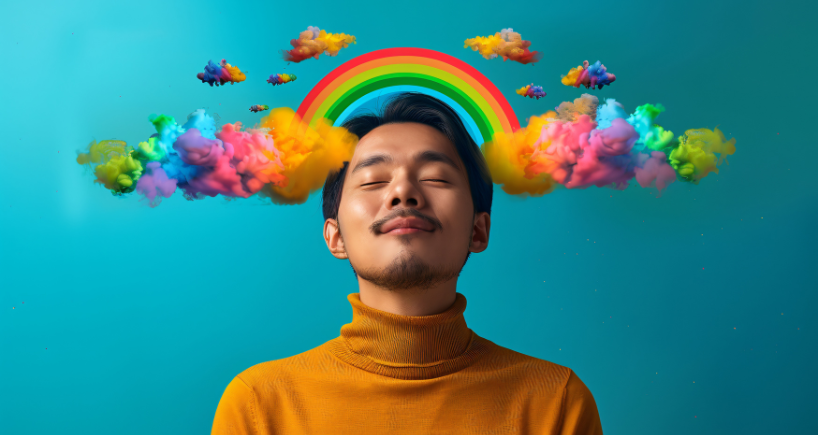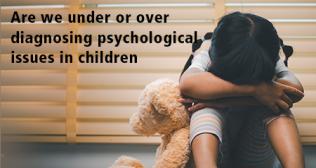
How Colours Affect Your Mental State: Exploring Colour Therapy
Have you ever got a glimpse of a rainbow? Of course, everyone would. It’s very beautiful how the colours spread across the sky, right? It creates a serene and lovely atmosphere. It gives you a calming effect as you watch the colours. Do you know why? It’s because of the colours!!
Colours in the spectrum have a distinct wavelength and frequency, and these characteristics can affect your body and mind in many different ways. Some colours may be more Tranquille and soothing, while others stimulate and lift your spirits and energy. Utilising the power of colours in your daily life greatly impacts your overall mental health. It is called colour therapy or chromotherapy. It helps you manage how you use colours in everything from the paint on your walls to your clothing. Chromotherapy is a medical procedure which uses coloured lights to help your mind and body regain equilibrium. This article explains chromotherapy, its types, its benefits, and how the colours impact your mental health.
What is colour therapy?
Colour therapy is a method of treatment that uses wavelengths in the visible region to treat different diseases and medical conditions. There are many advanced treatments that involve colour therapy. For instance, the effects of visible light on bacteria and enzymes, the use of visible light for wound healing and treatment of psychiatric diseases, and the mechanism of cellular and molecular interactions of light to treat many conditions. Colour physiology is the study of how different colours influence your behaviour and perception. It is based on the assumption that certain colours can impact your energy and health outcomes.
Types of colour therapy
You now understand that colours have a significant effect on your mental health because each colour has a unique function in promoting mental health. Let’s examine the properties of various colours in colour therapy.
Red: It is used to energise you when you feel tired or weak. But sometimes it triggers your stress. It also gives you motivation.
Blue: it is used to influence depression and pain. It has a sedative property and is used to treat sleep disorders.
Green: It is used to relieve stress and have a relaxing effect.
Yellow: It is used to improve your mood and make you happy and optimistic
Orange: It is used to increase happiness, and it stimulates appetite and mental activity. It stimulates your creativity.
White: It gives you mental clarity and clearance.
Pink: It is used to increase self-love and spread the love around you.
Techniques of colour therapy
Colour visualising: It is a method that involves seeing different colours during the therapy sessions. You are asked to focus on a particular colour for its benefits.
Colour breathing: This method involves deep breathing to induce specific colours into your body during each inhalation.
Colour light therapy: It is a method where lights of particular colours are exposed to you to absorb specific colours.
Colour water therapy: It is a method to consume water stored in a particular-coloured container or combined with natural colour.
Art and painting: It is a method of engaging yourself in art and painting activities with a focus on colours that help you in healing.
Dressing colour therapy: It is a method of wearing a particular colour that helps in healing faster.
Benefits of colour therapy
Now that you know about the types, methods and techniques of colour therapy, you realise that it helps you in many ways. Let’s look at some of the key benefits of colour therapy that can greatly enhance your mental health.
- It helps in treating depression.
- Certain colours like blue and green have a soothing effect and decrease stress and anxiety.
- Warm and stimulating colours boost your appetite.
- It reduces aggression and induces a calming effect.
- It is used to treat sleep disorders.
- It lifts your mood, energises you, and makes you happy and optimistic.
- It relaxes your mind and enables you to engage in your daily activities with more energy.
- It reduces laziness and stimulates brain hormones to think more and be creative.
- It helps to achieve mindfulness and relaxation.
- It has pain-reducing effects.
- It increases focus and alertness.
Conclusion
To summarise, colour therapy, also called chromotherapy, is an alternative healing practice that uses various colours with different wavelengths and frequencies to promote your mental health and emotional well-being. It aims to achieve a positive impact on your mental and overall health.



















